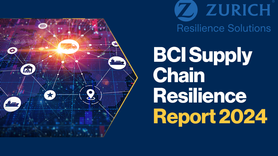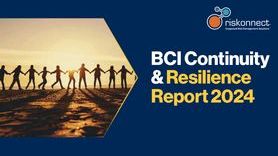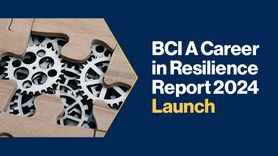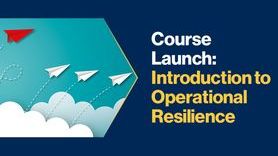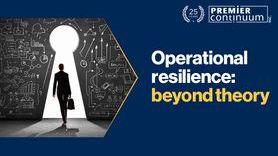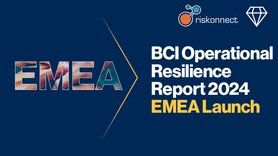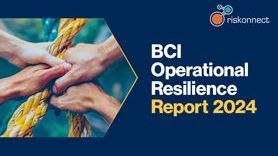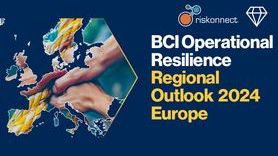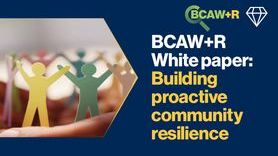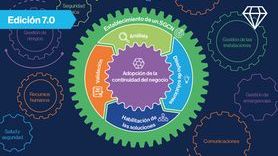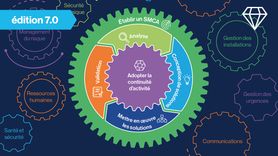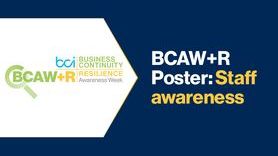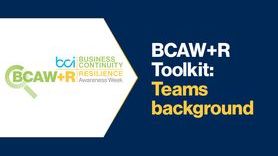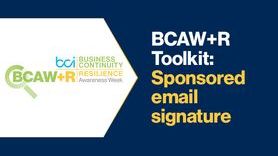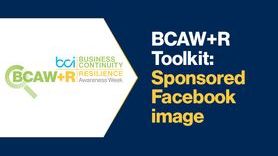Is business continuity making a return to its traditional toots?
The research shows that as ‘resilience’ is becoming better defined in organizations, business continuity is going back to basics.
The BCI has launched the Continuity and Resilience Report 2024, which explores the status of business continuity and resilience within organizations over the past year. Sponsored by Riskonnect, the report uses survey responses and structured interviews with resilience professionals to provide in-depth analysis.
This year’s research shows that business continuity is moving towards an established space, with the role becoming more operational in the face of more defined resilience roles. The report shows that the top three outcomes of business continuity this year are minimising internal impact when faced with a disruption, creating plans to respond to and recover from disruptions, and exercising and testing response and recovery strategies: all more traditional business continuity roles. This change is seen most sharply in African and Asian regions.
Greater attention to resilience in the boardroom
A welcome change this year is that resilience is receiving more attention in the boardroom. Despite less than a quarter of respondents reporting they have a board level resilience champion, four in ten respondents reported a dedicated middle person, such as a ‘Chief Resilience Officer’ promoting resilience requirements to top management, minimising the levels separating the function from the board.
The rise in interest at board level is helping to showcase the value of investing in resilience. Nearly three-quarters of respondents reported a rise in financial or resource capacity. This is in part due to the realisation that investing in resilience can bring competitive advantage, and the mandatory requirement to meet operational resilience regulations to avoid fines. Also, concurrent crises presented over the past 12 months has highlighted the importance of resilience programmes, avoiding the traditional cost-cutting exercises associated with economic pressures.
Softer skills are replacing hard skills
The report also highlights changes in desirable skills for business continuity managers with people-oriented softer skills replacing hard skills such as ‘controlling’ and ‘process-oriented’ attributes. The top key attributes desired in a business continuity manager are now ‘a high level of experience’ moving up from midtable, and in second place ‘seeing the bigger picture’ in a meteoric rise from near bottom of the table in 2023. These changes indicate that business continuity practitioners now see their roles as more flexible and agile.
Technology changes and the rise of AI
Although it’s use is still low compared to traditional resilience technology such as emergency notification software and team collaboration software, AI use over the past year has rapidly risen with 1 in 14 respondents now using it to support resilience activities such as the Business Impact Analysis (BIA) process, creating training scenarios, and mining data pools. Other more traditional software use has also risen, such as the use of communication software to collaborate remotely, which mirrors the rise of remote workers.
Looking to the future
Looking ahead, this report indicates that people-focused, adaptive plans and operational resilience will move ahead of premises-based, incident specific plans and organizational resilience.
It’s perhaps as a result of COVID-19 that people-focused plans have jumped ahead of premises- focused planning and the emergence of new regulations have pushed the importance of operational resilience ahead of organizational resilience
Coming as somewhat of surprise is the fall in the perceived importance of the BIA, traditionally considered a pillar of business continuity planning, with 8.5% of respondents saying it will hold less importance. However, interviews ascertained the process of the BIA was changing with tools such as AI potentially supporting the quality and content of BIAs.
Overall, and welcome news for the sector, is that 86.9% of respondents believe resilience will continue to gain importance with senior management over the coming five years.
Rachael Elliott, BCI’s Knowledge Strategist said:
“This year’s report has seen the most change in practitioner views and practices since its 2020 equivalent, published in the height of the COVID-19 pandemic. Resilience has now gained a firm foothold within the strategic backbone of organizations; business continuity managers are seeing their roles either expand to include more proactive, strategic elements, or they are interacting with resilience managers to ensure a holistic approach to resilience. The importance of collaboration could therefore not be higher, particularly when interaction with senior management is vital to ensure continued support of resilience programmes. We are at a point of exciting change.”
John Verdi, Senior Director, Professional Services, Riskonnect, said:
“We are seeing the continuation of an ongoing shift in the business continuity landscape, with organisations executing the fundamentals of business continuity while strategically aligning resilience at a higher level. The findings of the 2024 Continuity and Resilience Report underscore the growing operational focus of business continuity, emphasising disruption response, recovery, and testing as core priorities. At the same time, it is encouraging to see resilience gaining increased visibility in the boardroom, supported by investment in resources and leadership roles. This evolution is not only enhancing organisational agility but also reflecting the growing recognition of resilience as a critical competitive advantage.”


